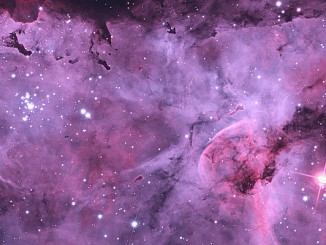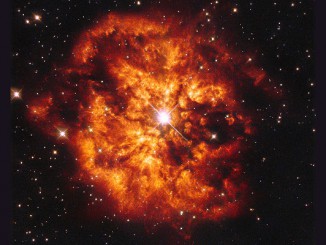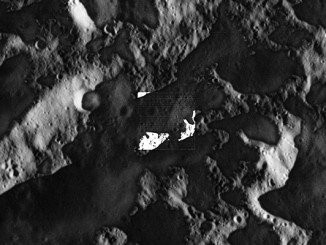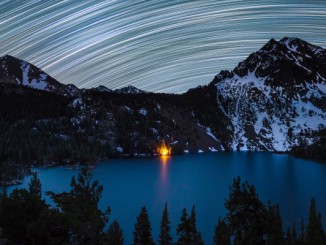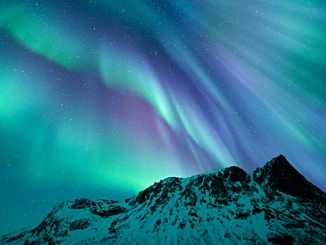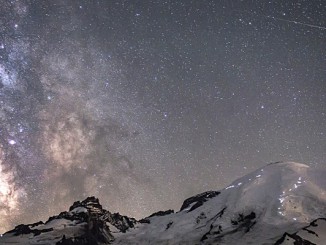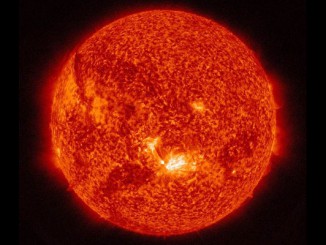
Sun emits a mid-level solar flare on 24 August
The Sun emitted a mid-level solar flare, peaking at 8:33am BST on 24 August 2015. NASA’s Solar Dynamics Observatory, which watches the Sun constantly, captured the image of the event shown here. Although harmful radiation from such a flare cannot pass through Earth’s atmosphere, intense flares can disturb the atmosphere in the layer where GPS and communications signals travel.

